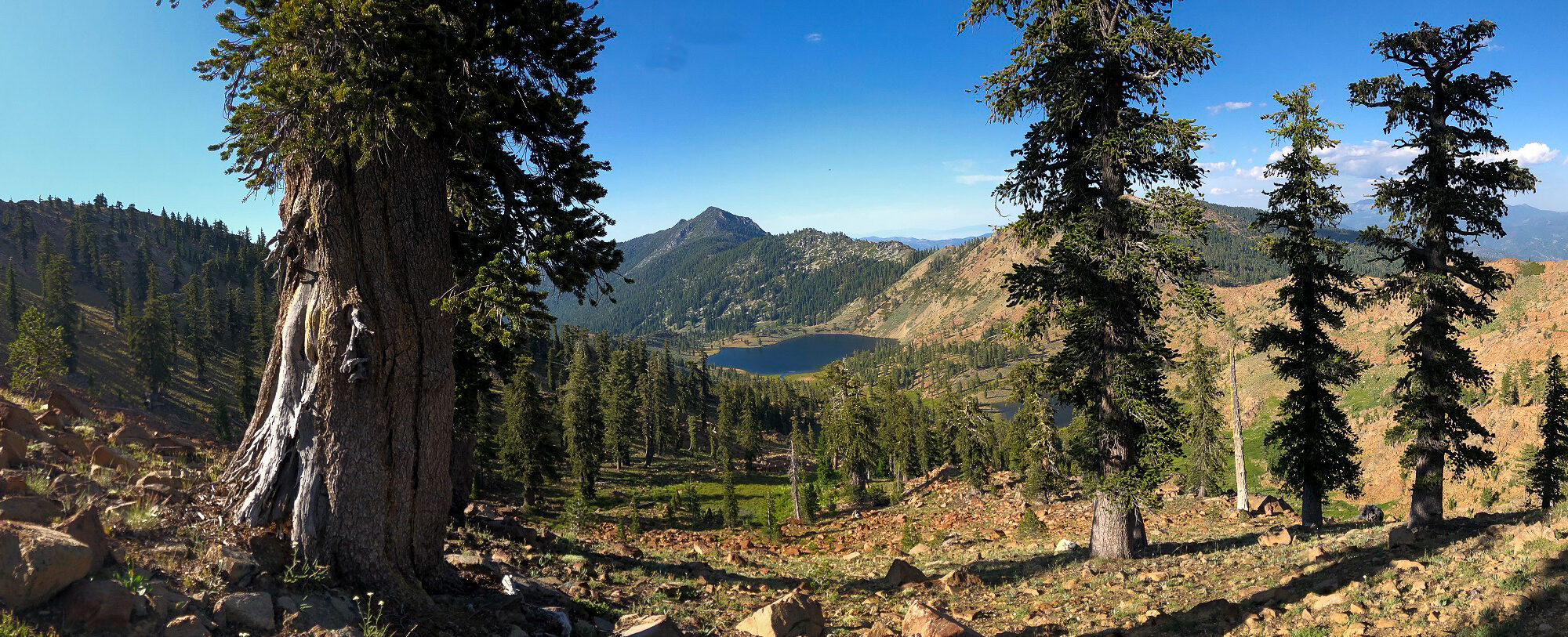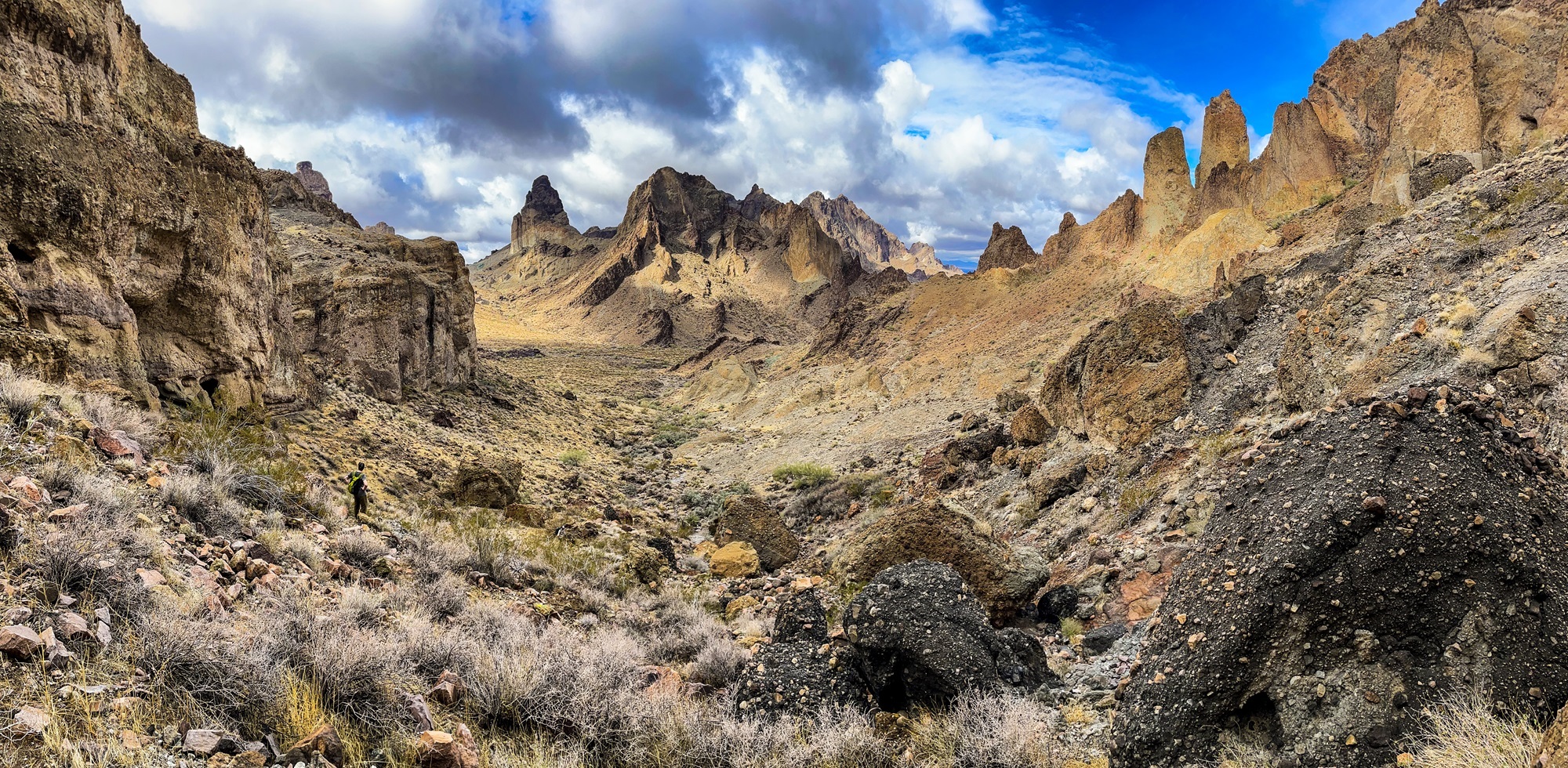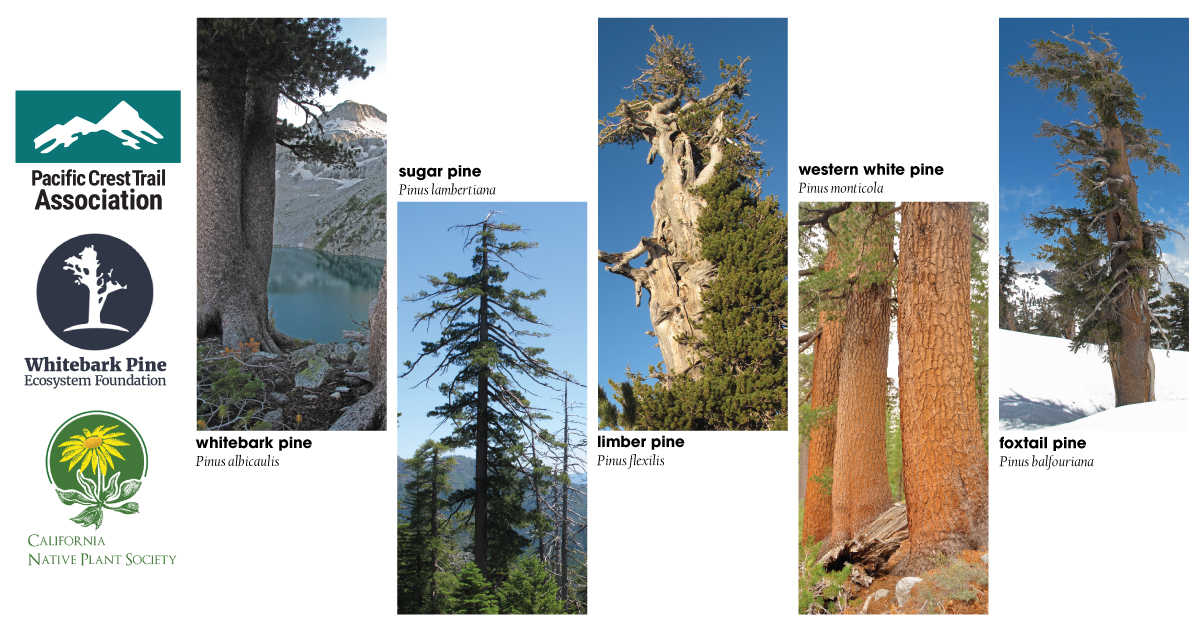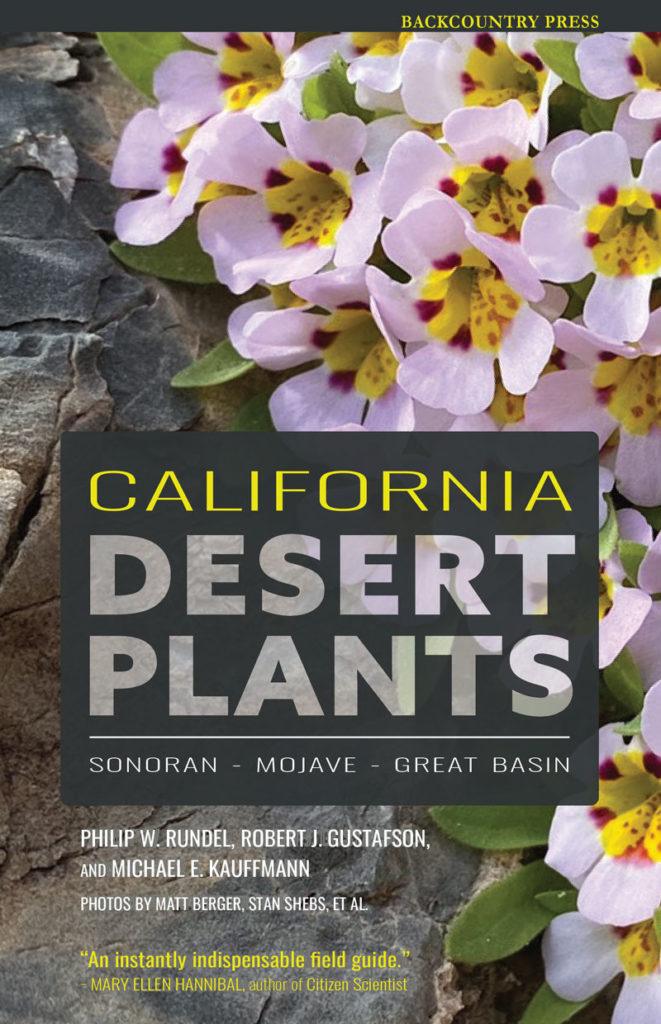How California’s Trees Shaped a Book, a Friendship, and a Calling
I first fell in love with trees as a high school student in the green underworld of the eastern deciduous forests near Williamsburg, Virginia. My teacher, Charles Dubay, believed we should know our world with both precision and appreciation. In his field biology class he taught us the trees twice—once in the fullness of leaf and light, when the crowns cast shade and shimmered in the wind, and again in the starkness of winter, when the branches and bark told their stories—bare.





